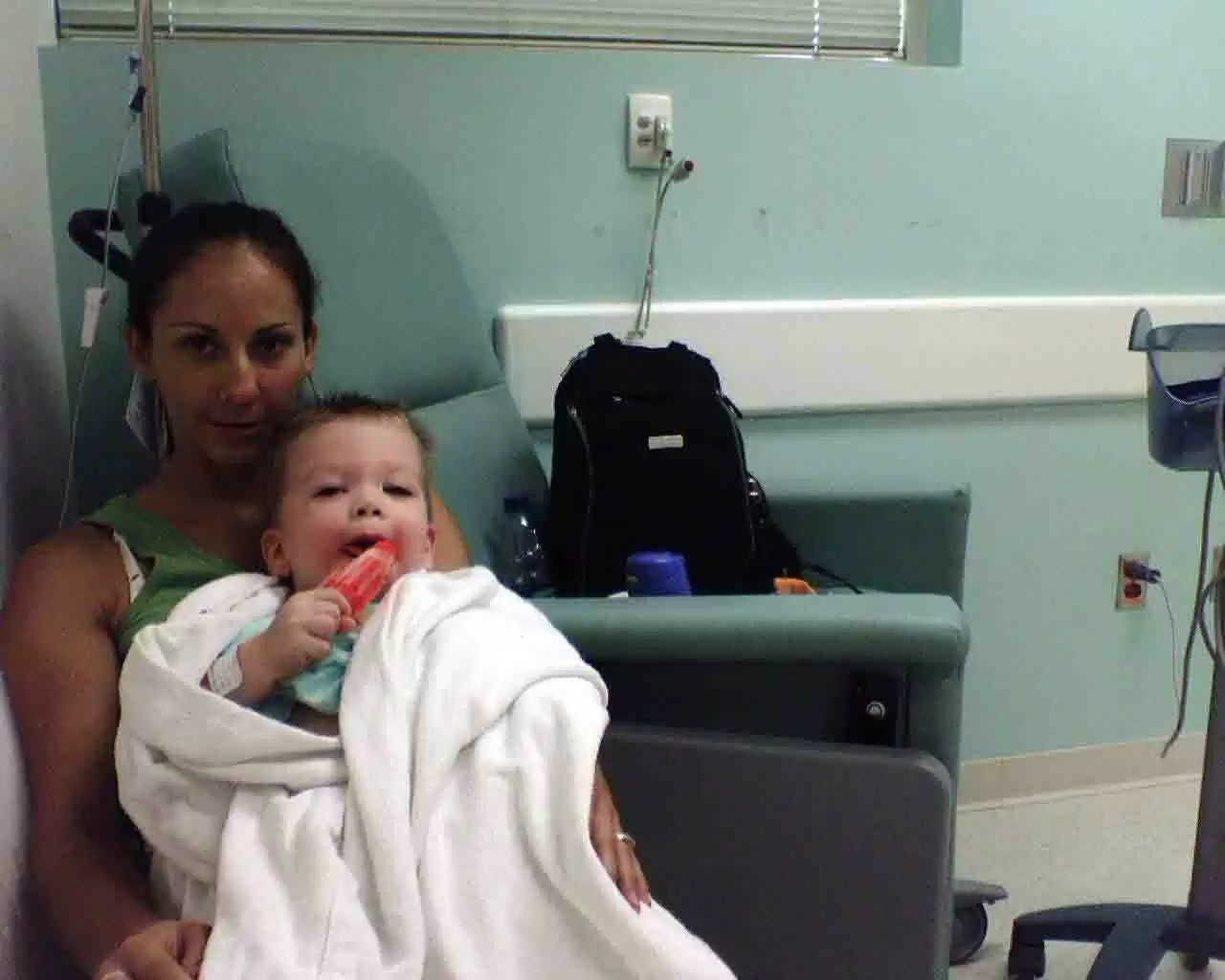
Celiac.com 07/01/2010 - Celiac disease is a genetic auto-immune disease which, until now, has primarily been considered a Western epidemic. However, we are seeing a rise of celiac disease in Middle Eastern and North African countries.
Celiac disease prevalence is grossly underestimated by the medical profession and as such, there is very little data available regarding malignant complications resulting from undiagnosed celiac.
Celiac.com Sponsor (A12):
Once considered a Western epidemic, celiac is now acknowledged as a common disease among North African and Middle Eastern populations. A research team at the Division of Gastroenterology, department of Internal Medicine, American University of Beirut Medical Center, formally assess why celiac disease is rising in North Africa and the Middle East. The researchers use the electronic databases pubMed and Medline from 1950 through 2008 for the search engine, and “celiac disease” was used for a Mesh term. For this study, the perimeters of the search for celiac prevalence was limited to the Middle East and North African countries only.
Celiac disease is demonstrated to be prevalent in first and second degree relatives of patients with celiac. In the US the prevalence is shown to be between 4% and 12% as assessed by biopsy. Studies in Algeria and Turkey showed a prevalence of 1.7% respectively among first degree relatives. Of the 381 first degree relatives that were tested, 26 had positive serology, and villous atrophy was found in 13 of the 16 patients that had biopsy's performed. Celiac disease clusters among families were also present in Jordan and Algeria. It is noted that the high rate of consanguinity in Middle Eastern and North African countries may be responsible for generating a greater prevalence of celiac. However, further studies on this subject are needed .
Clinical variations in presentation of celiac disease were also studied by the researchers. There are many variations when it comes to the results for clinical variations. It is suggested that the reason for the variations may be due to the small number of patients studied, or delay in their presentation of symptoms. Gastrointestinal discomfort is the most common symptom of celiac disease, including diarrhea, constipation, bloating, flatulence, nausea and vomiting. Studies performed in Middle Eastern and North African countries had a celiac prevalence of 6.5%-21%. Patients with celiac disease in Iran, Lebanon, Iraq, Saudi Arabia and Kuwait had diarrhea as the most common symptom of celiac. 4.7% of Egyptian children exhibiting diarrhea and failure to thrive, had celiac disease.
Approximately one third of children with celiac in Western countries exhibit short stature. The highest prevalence of short stature is found in Jordan, where 26% of children with celiac disease also had rickets. In Turkey, 51% of patients with celiac had a height well below the standard mean. In the United States, 36% of Americans with celiac were previously diagnosed with irritable bowl syndrome (IBS) and in Iran 12% of those labeled with IBS were later diagnosed with celiac disease.
Iron deficiency anemia (IDA) is the most common form of anemia, and is often sited as the only way to diagnose sub-clinical celiac disease in patients. Worldwide, the prevalence of celiac among patients with IDA is 2.8% to 8.7%, and possibly as high as 15%. In North Africa and the Middle East, anemia is found in 20%-80% of celiac patients. In Egypt, 4% of insulin dependent diabetes mellitus (IDDM) patients with anemia had celiac disease. In Saudi Arabia, the osteomalacia and IDA account for 43.5% of celiac patients. The high prevalence of osteoporosis may be attributed to delays in celiac diagnosis.
Approximately 30% of celiac patients have other autoimmune diseases like IDDM and autoimmune thyroiditis. IDDM has very high rates among those with celiac disease with rates from 6.7% to 18.5%. The rates for autoimmune diseases are are a low 1.9% in Turkey, and a high 33% in Iran. Many of those patients were discovered to also have celiac disease after long delays.
Whether or not prevalence of celiac is rising in Middle Eastern and North African countries is not clear, and more studies are required. More studies are also needed to determine the connections between celiac and other diseases. Reason's sited for the lack of data regarding celiac in Middle Eastern and North African countries, are the inconsistencies with screening methods from different populations and socioeconomic back grounds, the efficacy of treatment modalities employed, patient compliance, disease complications and response to treatments.
Source:
- Open Original Shared Link.








Recommended Comments
There are no comments to display.